Flat foot is common in both children and adults. An arch usually develops during the first 10 years of life. However, a certain percentage of people don’t develop arches in their feet.
The exact cause of flat feet is not clear, but there is evidence that shoes may be a contributing factor.
Early Shoe Wear and Flat Feet
Research published in the Journal of Bone and Joint Surgery looked at the influence footwear had on the development of arches in children. The study found that kids who wore shoes were three times more likely to have flat feet than those who went shoe-less. The researchers noted:
Our cross-sectional study suggests that shoe-wearing in early childhood is detrimental to the development of a normal or a high medial longitudinal arch.
Influence of Footwear on Foot Shape and Function
In a similar study looking at how habitual shoe wear changes the shape and biomechanics of the foot, people who spent most of their lives barefoot had wider feet and distributed pressure on their feet more evenly than those who habitually wore shoes.
This suggests that frequent barefoot walking enables the foot to achieve its biologically normal shape and function.
The studies mentioned above provide some evidence that shoes alter the shape and function of feet.
Effects of Traditional Footwear
When trying to figure out how to strengthen my arches, I started paying attention to the types of shoes I was wearing.
The barefoot running movement, in particular, drew my attention to how my choice of footwear might be contributing to the issue.
Flat Surface
The foot is a flexible structure. This flexibility allows the foot to conform to uneven surfaces when walking barefoot.
Shoes can act as a rigid, unchanging platform for the foot. This has the potential to weaken muscles on the underside of the foot and the stabilizing muscles in the lower leg.
Compressed Toebox
Many shoes are designed with bullet-shaped toeboxes, or a tapering of the width of the shoe towards the toes. This shape can prevent the toes from spreading.
Arch Support
Built-in arch supports are designed to control the motion of the foot or hold the foot in a fixed position. This can potentially alter the activity of the foot’s own arch supporting muscles.
Elevated Heel
Most traditional shoes, including athletic and dress shoes, have a raised heel. This places the foot in a plantarflexed (pointed down) position.
Over time this can cause a loss of flexibility in the calf muscles. The collapse of the arch is one way the body can compensate for a lack of ankle flexibility.
Toe Spring
Almost all shoes have a toe spring or a curving up of the front of the shoes. This is necessary, in part, because shoes with rigid soles cannot bend in the same way as the foot.
The toe spring allows for a rocking motion of the shoe to make up for this. The toe spring can hold the toes in an extended position.
Walking in a shoe with your toes held elevated off the ground is very different from how toes would function when walking barefoot.
Heel Counter
Many shoes are reinforced at the back to control the motion of the heel inside the shoe. Again, holding a part of the foot in a fixed position is a change from the way the foot would function barefoot.
Decreased Sensation
Like the palm of the hand, the bottom of the foot has many sensory nerve endings that function to provide information to the brain about the position of the body and pressure under the foot.
This sensory input allows the foot to adapt to the ground. The sole of a shoe, while offering cushioning and protection, can also decrease the need for this feedback loop and muscle activity.
Effect on Arch Strength
Because the research in this area is somewhat limited, the role shoes play in flat feet and overpronation is not entirely clear.
It’s evident that shoes can alter the functioning of the foot and arch. Still, many people have normal or high arches despite regularly wear shoes.
I feel the strength of my feet improved once I started to spend more time barefoot. One activity I used to strengthen my arches was running barefoot along the sand at the beach.
I also bought minimalist style running shoes with very thin, flexible soles, a wide toe box, and very little support.
My Takeaways
The structure of the foot make it well adapted to walking without support on a variety of surfaces. Modern life tends to limit the amount of time most of us spend going barefoot.
Footwear serves a purpose in protecting our feet. But there are also potential benefits from spending time barefoot — allowing the foot to function the way it is adapted to work.
For situations when barefoot is not an option, I prefer shoes that are as minimal and “barefoot-like” as possible.
References
- Yeagerman SE, Cross MB, Positano R, Doyle SM. Evaluation and treatment of symptomatic pes planus. Current opinion in pediatrics. 2011 Feb 1;23(1):60-7.
- Gijon-Nogueron G, Montes-Alguacil J, Alfageme-Garcia P, Cervera-Marin JA, Morales-Asencio JM, Martinez-Nova A. Establishing normative foot posture index values for the paediatric population: a cross-sectional study. Journal of foot and ankle research. 2016 Dec;9(1):24.
- Rao UB, Joseph B. The influence of footwear on the prevalence of flat foot. A survey of 2300 children. Journal of Bone & Joint Surgery, British Volume. 1992 Jul 1;74(4):525-7.
- D’AoÛt K, Pataky TC, De Clercq D, Aerts P. The effects of habitual footwear use: foot shape and function in native barefoot walkers. Footwear Science. 2009 Jun 1;1(2):81-94.
- Csapo R, Maganaris CN, Seynnes OR, Narici MV. On muscle, tendon and high heels. The Journal of experimental biology. 2010 Aug 1;213(15):2582-8.
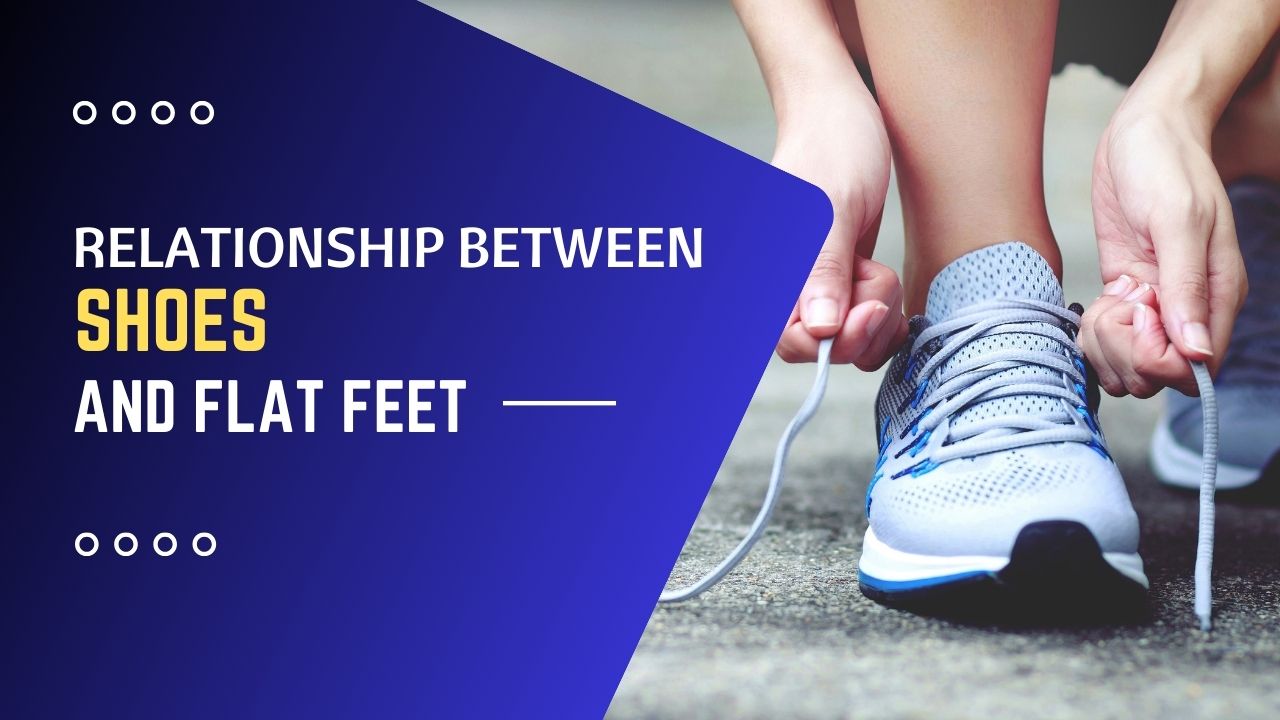
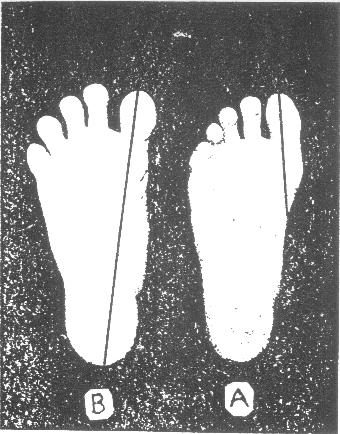
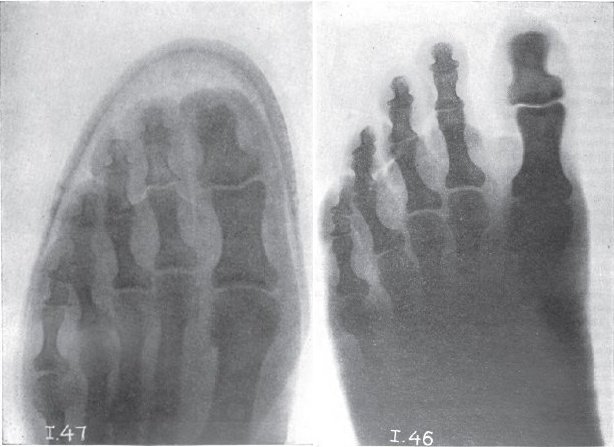
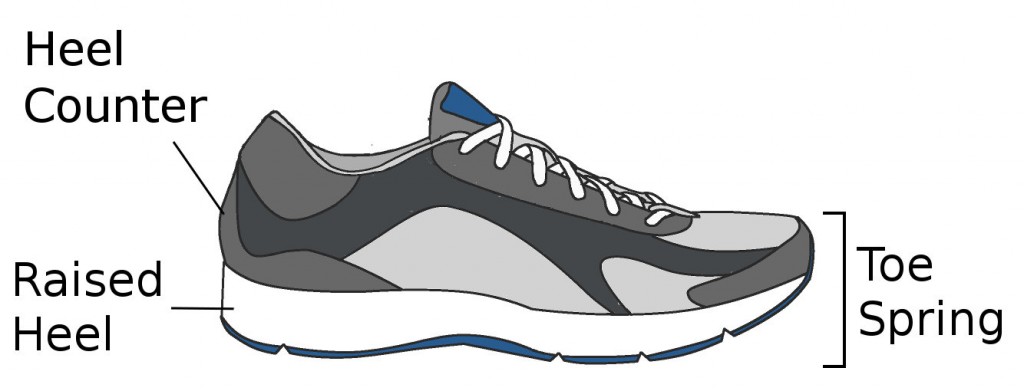
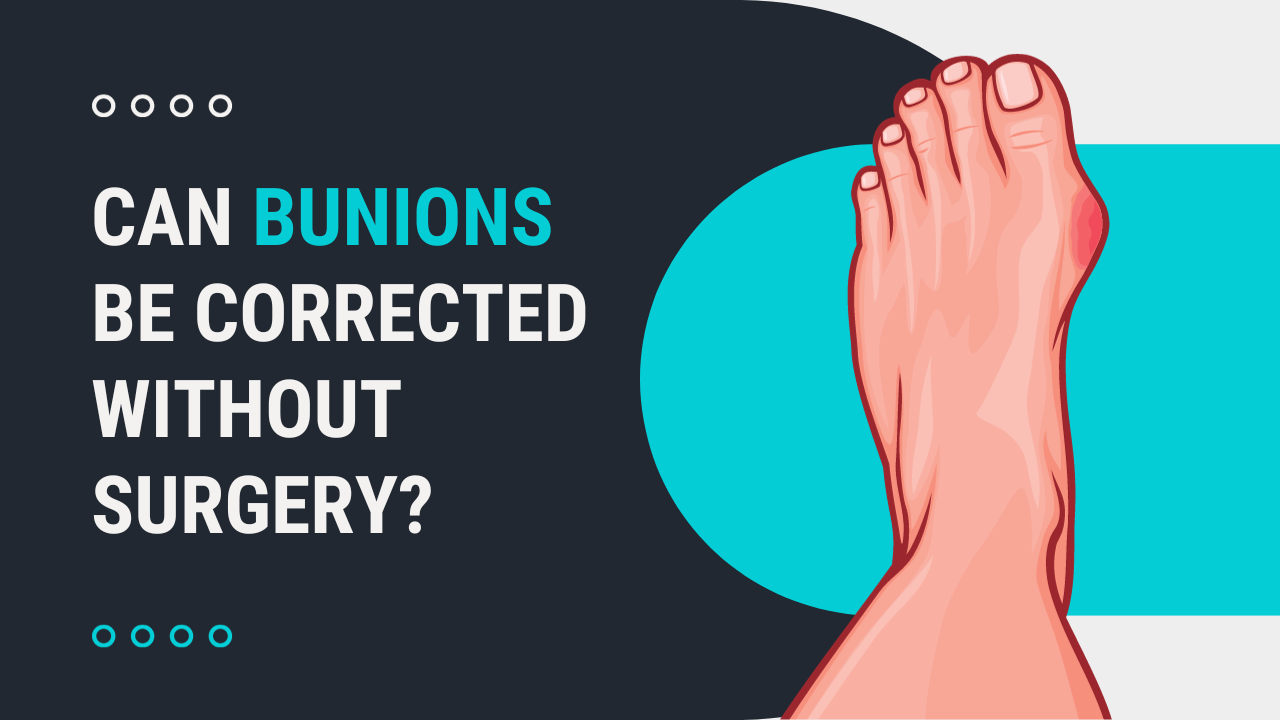
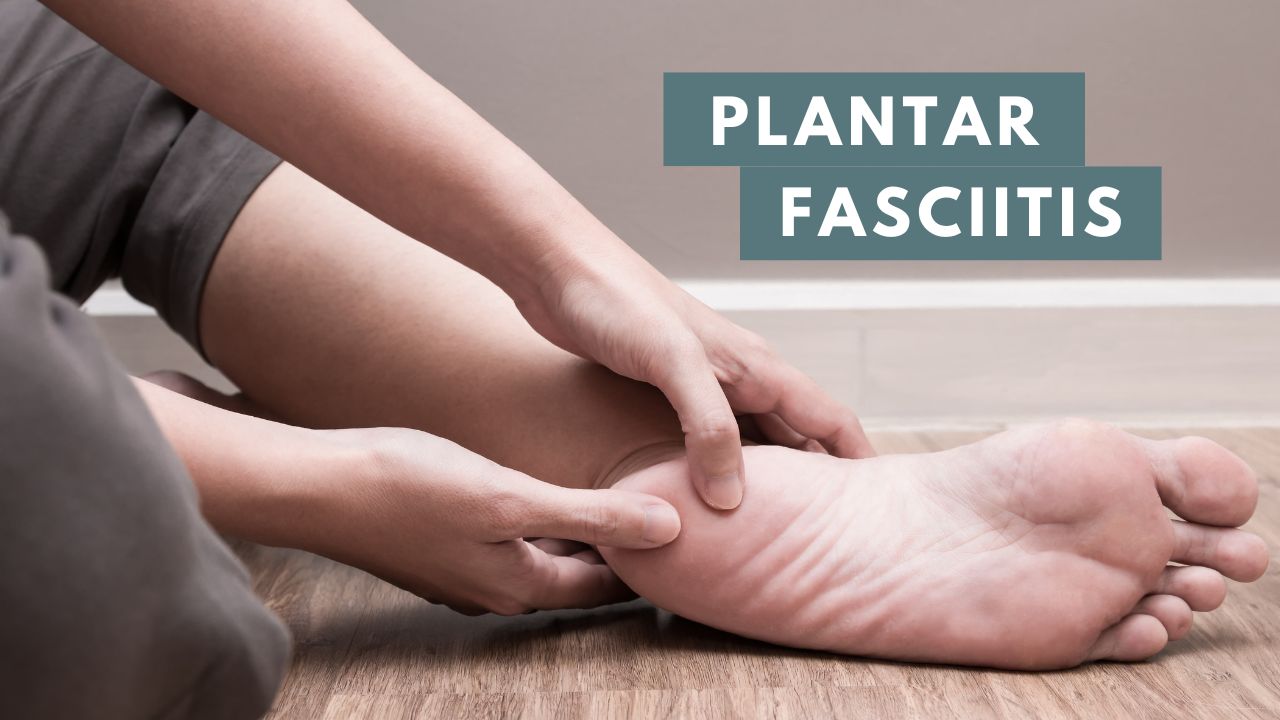
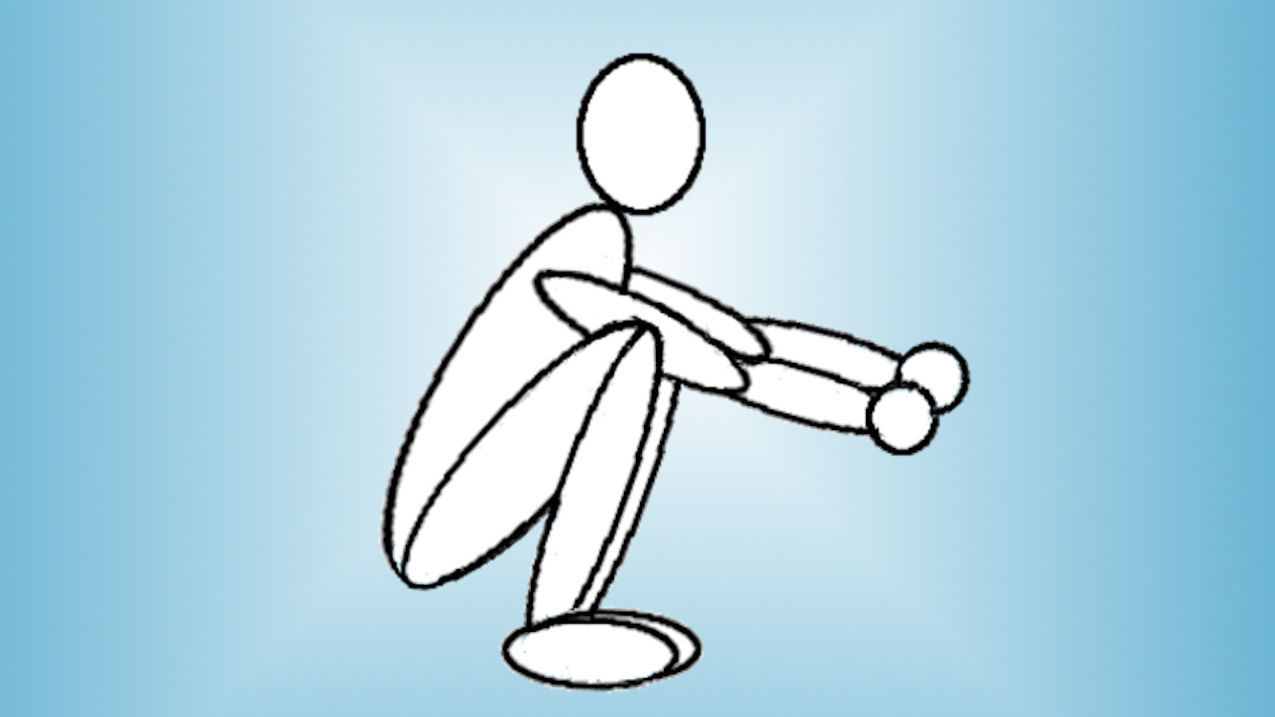
Hello,
I’ve started doing most of the exercises I found here and I also do yoga, trying to stay aware of the position of my feet the whole time. I’m also much more aware of how I walk. This website is great! I’ve learned a lot but my feet, legs and knees have started to hurt and I’m not sure if I’m doing things wrong or if it’s normal for it to hurt because I’m changing the position of my bones and using muscles I usually don’t. It’s been about a week since I started the exercises. What do you think?
Thanks!
Hi Diana–In general it’s normal to have some soreness from new exercises, but typically it should only feel like muscle soreness. Last year when I started working these exercises there was a point a few weeks in when I started getting a lot of soreness in my legs, especially around my ankles. I switched from doing a lot of the strengthening exercises every day to every other day to give me legs some rest. That seemed to resolve the weird aches and pains I was feeling.
Like you said, I think it’s important to pay attention to how we walk and the position of the feet. I usually recommend to take it slow and maybe only introduce one new exercise at a time. The body needs time to adapt to moving in a different way and being in a new position. Changes like this can take several months. I know it’s tempting to try to do everything at once because you want to see results as fast as possible. Patience is a virtue :)
Hi! I’m 18 and i just recently suffered from bad foot pain because of my flat feet. Sometimes its so bad I don’t want to walk.With the exercises you did did they help you walk properly? I’m also a lil overweight. if i strengthen my arches could it help me loose the weight?
Hi James thank you a lot for your support, I am 24, slightly overweight,I have flexible flat foot, no pain while running or walking, after two month I have a medical check up in military recruitment cell, as I’ve cleared all tests, you know they are quite strict about flat foot. I googled many times about curing flatfoot, but all my dream joining army got washed away when I found nothing interesting, then I found this website today and saw a silver lining at the end, Please help me out of this like give me any workout routine that will help me out of this in 2 months.
3 Years ago, I had severe knee pain.One physiotherapist showed me that when running( gait analysis)
my right foot ankle is collapsing. He suggested expensive orthotics. I got them, it helped me with the knee pain, but my knees were feeling very hard when walking with them. After an about 8 months, I started getting severe hip pain, I am pretty much limping.
I Went back to the physio, he argued its not the orthotics, its a different injury. I questioned, since my right ankle is the one collapsing and not left, why did I get the same orthotics to both. He argued he took a cast and its suppose to be right.
I then got a new orthotics( expensive again) with left slightly lower than the right. It seems to have reduced the hip pain a little but it persisted. Eventually, I removed the orthotics and started walking without them.
In my opinion, the orthotics helped initially, but it changed something in my alignment causing hip pain.I also think, just looking at only the feet to see if the arch is collapsing or not and if ankle is collapsing without considering other muscle imbalances is not the right approach for diagnosis.
Some weakness in the lower leg muscles and glute muscles can also affect gait causing ankle to collapse. I am saying ankles because, I dont have flat feet, I have a perfectly nice arch when not weight bearing.
Orthotics should be the last option after working on all the muscle strengthening. I guess , its good business for the physio’s and whoever is prescribing orthotics that they dont want to spend the time
analyzing and working with the patient.
I am doing my own research on leg muscles and gait and working on strengthening my ankle/leg muscles.Walking barefoot is so soft on the knees and feels good.
I am not using orthotics now and I am pain free for couple of months now. Hopefully, I can sort out my problem by proper exercises.
Hi James –
Thanks for this useful resource! I have been a 20 year orthotics wearer — originally prompted by Patella femoral syndrome, lumbar muscle pain, and later IT band issues. Due to recent orthotics related injury, a doctor advised me to stop wearing them. I was blown away. From your web site –and others — I can see that orthotics may be a bit of a crutch (for some cases). As a runner and cyclist — I have weak hips and glutes and curved shoulders and heck, even pelvis — so working on pelvic stabilizing, strengthening upper rear back, hips and glutes — all with the hopes of reducing back problems, it band problems and everything else. Your information confirms what I am reading elsewhere (academic literature as well). Best to you and thanks again! Eric
Well, so much is coming together!
I came looking for this site after I noticed that my shoes were starting to warp and turn inwards as I’m starting to favour the inside on my foot (ie; my arch is lowering).
My first instinct was to try adding more arch support but I wondered if crushing that too would just damage the shoe more instead of solving the root problem, and googled for other solutions. Hence, I am here.
Now, I think it is the result of the shoes themselves, which are flats designed with a sturdy, shock absorbent sole. I bought them because I wanted something to stand up to a lot of walking, unlike the cheap daps I used to favour before.
Those cheap daps all had thin, flexible soles and no support. I remember running over rocks in them as a kid and gripping the ground with my feet. And I never had any problem with my feet, before now.
I’m amazed to think that my hips could be playing a part! My job as an artist means I’m quite sedentary, and when I work out (which is not as often as I should) it is always those little hip stabilisers that feel the burn. They’re clearly not getting all the attention they should be, and it’s probably no coincidence that I’m noticing the foot thing after moving to a house that requires less general walking and zero climbing of stairs.
I’ve always loved walking barefoot, I wish it were feasible to do it more. I got a rep at work and school for being the person going around in socks. I get a silly sort of glee when my shoes become painful or break and I have an excuse to take them off in public, and walk around the streets feeling a sensory experience I never otherwise get to feel.
What do you think about those “barefoot” shoes?
Hi i was wondering if their is a right type of shoe to buy a child? My son is almost 4,,I usually buy him Jordan’s which usually are flat, but my mom said he needs flexible shoes or shoes with arches, otherwise he will have flat feet and problems down the road, it seems as if many kids shoes are flat so i was wondering if this is true, are arched sneakers better then flat ones or does it matter?
Soft Star shoes are the best shoes for children at school. They are made (in the USA) from the softest leather with an ultra-thin sole and wide toe box. For play, Vibram Five Fingers are a little more durable.
Are you familiar with Jikatabis? They are socks-turned-shoes with rubberized outsoles. They have a seperate toe-pocket to allow greater freedom of movement.
Would you consider Jikatabis minimalist shoes?
My foot problems with flat feet have gotten worse through the years. One foot is worse than the other and I now have PTTD (posterior tibial tendon dysfunction) which means that from over stretching of the tendon inside my leg, from the ankle and several inches further up, I have tremendous amount of pain. I worse a brace 8 years ago for a year ( an AFO and an Arizona brace) and the tendon healed well enough but now the pain has returned. I don’t want to run; I’d be happy to just walk pain free. I wear custom orthotics and sneakers that limit probation-” motion control and stability sneakers’ I do ankle and calf exercises and I swim a lot. Any further suggestions? I so much want to avoid the awful surgery for PTTD which involves a tendon transfer and a heel adjustment.
I don’t believe I had flat feet all my life. They only developed after I tore my left PCL quite a few years ago xc-skiing, and have to wear a knee brace for hiking, and skiing. and other athletic activities. I’ve also had spinal fusion. Not sure if these conditions are all related. However, I still downhill ski, xc-ski and hike..albeit at a moderate level. Each specialist could fix their part of my body that needed attention, but, there is not one that could help me line up my body so it works like it should. My sciatic nerve on the right side is very weak. My right foot is very much over-pronated, and I recently got custom orthotics. I can’t throw away my knee brace, but now I’m wondering if custom orthotics were the right thing to get. I’m at the point I just want to walk “normal”. I like the ankle strengthening exercises.
I was going to get high-top sneakers to help with the over-pronation and brace the ankle, but after reading your information, that’s probably the worst thing I could do. I’m closer to 60 than 50, but I’m not quite ready to give up hiking, skiing and living life.
Given all that, I have some comfortable stretchy sling-back shoes that used to fit, but, since I have been doing the ankle strengthening exercises, my arches are getting better, and now the shoes are a little too big. Is this typical and one of the caveats to improving arches?
Is it ok to keep wearing the shoes that now seem to be a 1/2 size too big?
Just looking for your thoughts.
Thanks.
L.J.
Thank you for making this website, it is one of the most clear websites with good explanations and diagrams. I have been reading a lot about flat feet problems, since I have it and currently I am doing physical therapy on it.